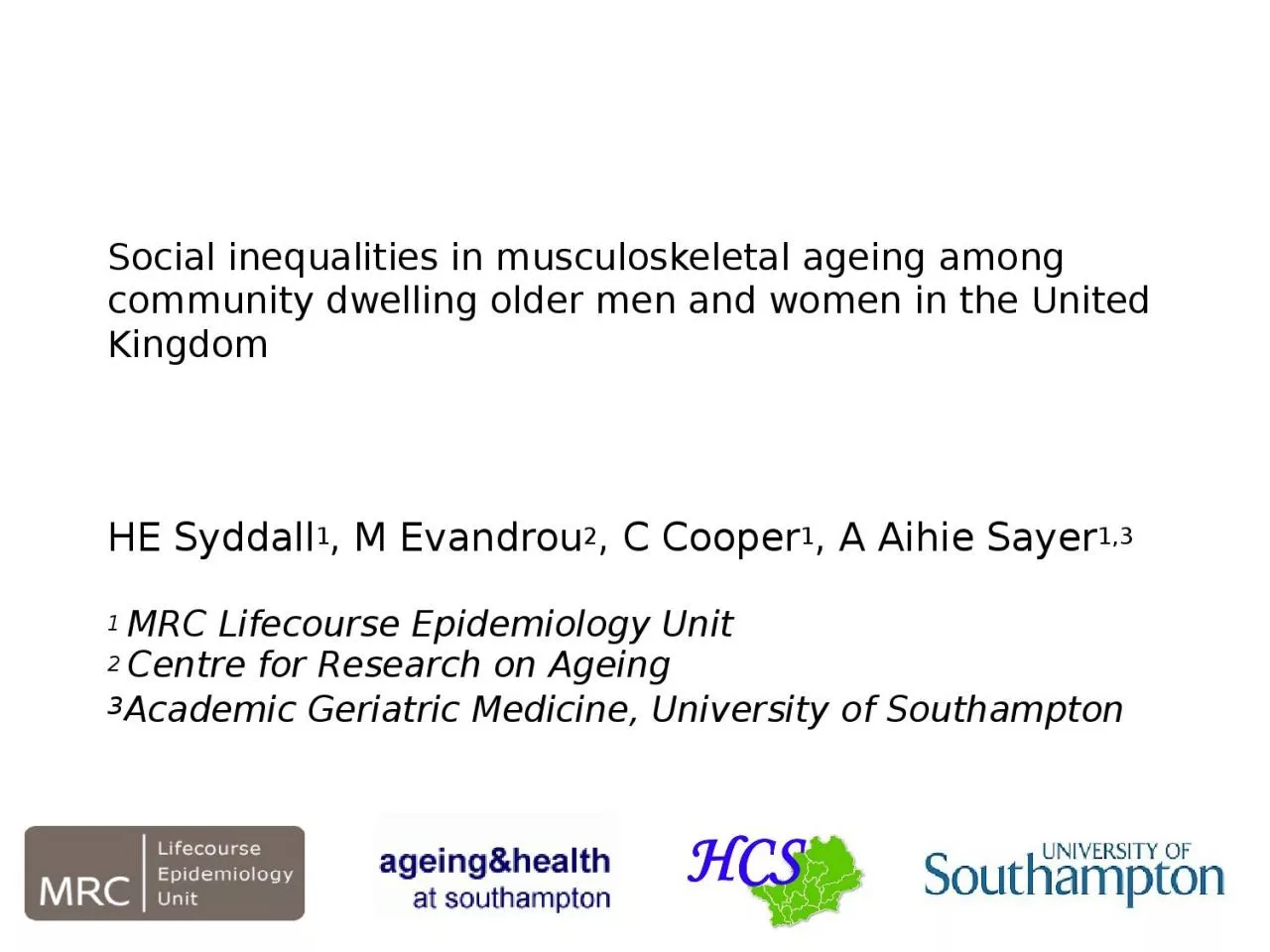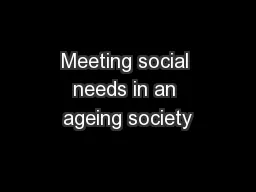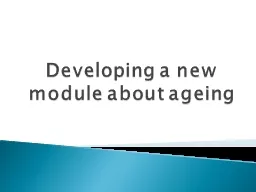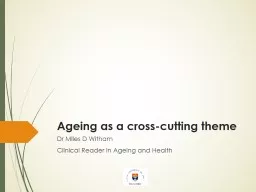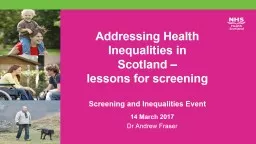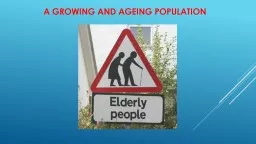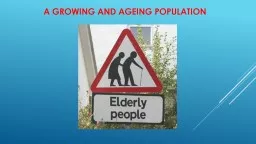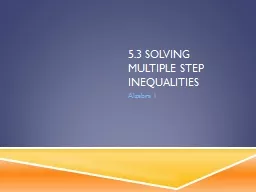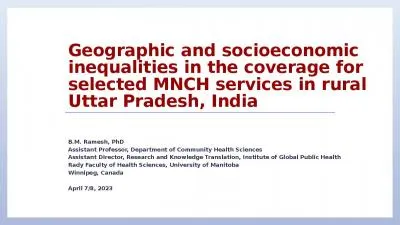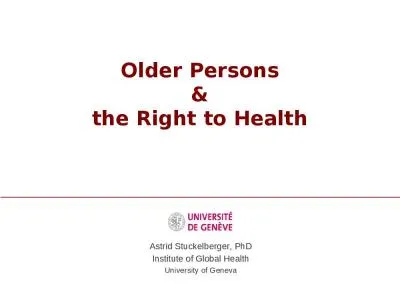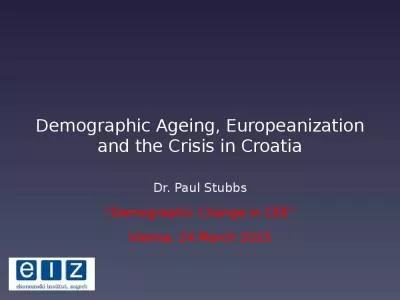PPT-Social inequalities in musculoskeletal ageing among community dwelling older men and women
Author : ceila | Published Date : 2024-02-16
HE Syddall 1 M Evandrou 2 C Cooper 1 A Aihie Sayer 13 1 MRC Lifecourse Epidemiology Unit 2 Centre for Research on Ageing 3 Academic Geriatric Medicine
Presentation Embed Code
Download Presentation
Download Presentation The PPT/PDF document "Social inequalities in musculoskeletal a..." is the property of its rightful owner. Permission is granted to download and print the materials on this website for personal, non-commercial use only, and to display it on your personal computer provided you do not modify the materials and that you retain all copyright notices contained in the materials. By downloading content from our website, you accept the terms of this agreement.
Social inequalities in musculoskeletal ageing among community dwelling older men and women: Transcript
Download Rules Of Document
"Social inequalities in musculoskeletal ageing among community dwelling older men and women"The content belongs to its owner. You may download and print it for personal use, without modification, and keep all copyright notices. By downloading, you agree to these terms.
Related Documents

